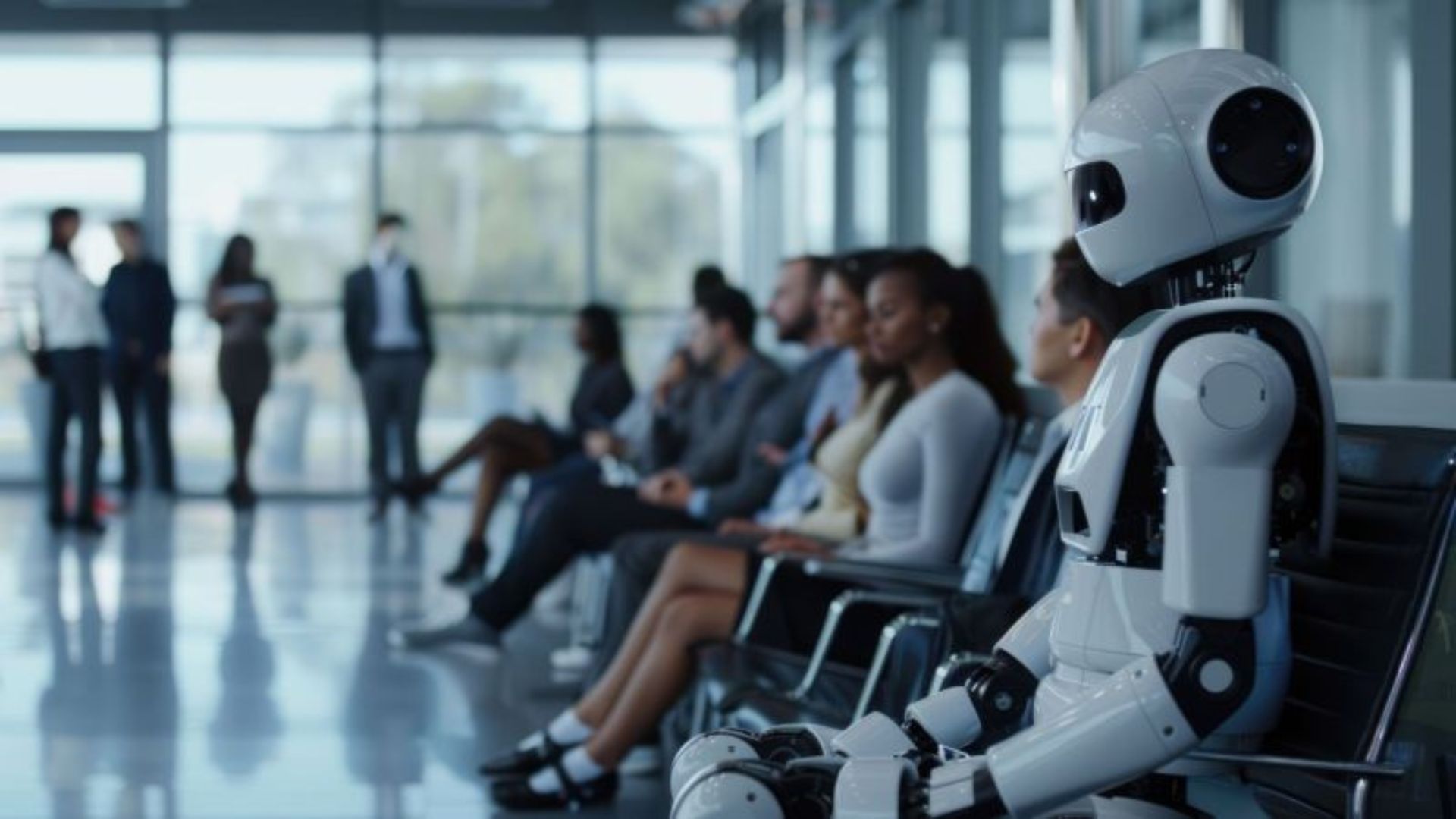
Census Data Reveals Historic AI Adoption Decline
Major corporations are retreating from artificial intelligence initiatives following widespread pilot failures, with U.S. Census Bureau data revealing that AI adoption rates among large companies declined from a peak of 14% to 12% by late summer 2025. The pullback represents the first sustained decline since tracking began in 2023, as businesses grapple with AI’s persistent reliability issues and discover that human expertise remains indispensable for quality control and fact-checking.
The reversal follows what Deutsche Bank termed “the summer AI turned ugly,” marked by heated public disputes over AI’s employment impact and market turbulence after an MIT study found that 95% of enterprise generative AI pilots were failing to deliver measurable returns on investment, prompting a tech selloff and concerns about an AI bubble.
The Scale of Corporate AI Failure
The U.S. Census Bureau’s biweekly survey of 1.2 million firms shows the first sustained decline in AI adoption among large companies since tracking began in 2023. Companies with more than 250 employees, who had been the most aggressive AI adopters, saw usage drop from nearly 14% in June to approximately 12% by August.
“The bottom line is that the biweekly Census data is starting to show a slowdown in AI adoption for large companies,” noted Torsten Sløk, chief economist at Apollo Global Management. The decline represents the largest drop-off since the survey launched, even as smaller companies continue modest increases in AI usage.
Human Skills Command Premium as AI Fails
The corporate retreat coincides with surging demand for distinctly human capabilities. Upwork reported that fact-checking emerged among the top 10 most in-demand AI-related skills in August, as companies discovered that AI systems hallucinate 10-12% of the time. High-value freelance work grew 31% among large businesses, with content writing up 15% and language tutoring soaring 162%.
“What people are realizing is even the best AI models still hallucinate 10% to 12% of the time,” Kelly Monahan, managing director of the Upwork Research Institute, told Fortune. “We just cannot necessarily overcome that statistical problem yet.”
Companies that rushed to replace human workers with AI are now paying premium rates for specialists to fix the technology’s mistakes. According to the BBC, marketing manager Sarah Skidd recently spent 20 hours at $100 per hour completely rewriting AI-generated copy, costing the client $2,000 for work that would have been cheaper with human writers from the start.
MIT Study Exposes Widespread AI Pilot Failures
The retreat was accelerated by MIT research revealing that 95% of generative AI pilots failed to deliver measurable business impact despite $30-40 billion in enterprise spending. The study analyzed hundreds of AI deployments across companies and found that organizations building AI solutions internally fail at much higher rates than those purchasing vendor solutions.
Only a small fraction of companies have developed capabilities to move beyond proof of concept, while most remain trapped in what researchers call “pilot purgatory”—endless cycles of failed experiments with costs between $500,000 and $2 million per pilot.
Entry-Level Workers Bear Disproportionate Impact
While companies scale back AI adoption, the technology is already reshaping the job market in concerning ways. A groundbreaking Stanford University study led by economist Erik Brynjolfsson found that early-career workers aged 22-25 in AI-exposed occupations experienced a 13% relative decline in employment since late 2022, even as older workers in identical roles saw stable or growing employment.
The Bank of America Institute reported that unemployment rates for recent college graduates now exceed those of the overall workforce for the first time in decades, with over 13% of unemployed Americans in July being first-time job seekers, predominantly Gen Z workers. This represents the highest proportion since 1988, highlighting unprecedented challenges for young people entering the workforce.
Software development and customer service jobs showed the steepest declines, with employment for the youngest software developers falling 20% below late 2022 peaks by July 2025. The pattern suggests AI is eliminating entry rungs of career ladders while leaving experienced workers largely unaffected.
The Future of Enterprise AI
Companies across the most exposed occupations have experienced a 15% relative decline in employment for early career workers in high AI-exposed jobs since 2022, with similar declines in customer service, while experienced workers maintained stable employment. This creates a concerning scenario where mentorship and succession planning may collapse as traditional career progression pathways disappear.
The corporate AI retreat highlights fundamental misalignment between AI capabilities and business expectations. While smaller companies continue modest increases in AI usage, large enterprises are discovering that successful AI implementation requires substantial organizational readiness, clear governance frameworks, and realistic expectations about technology limitations.
As companies reassess their AI strategies, the emphasis is shifting from automation to augmentation, with human oversight becoming recognized as essential rather than optional. The 95% failure rate may ultimately serve as a necessary reality check, tempering unrealistic expectations while revealing the messy, iterative reality of adopting transformative technology.











